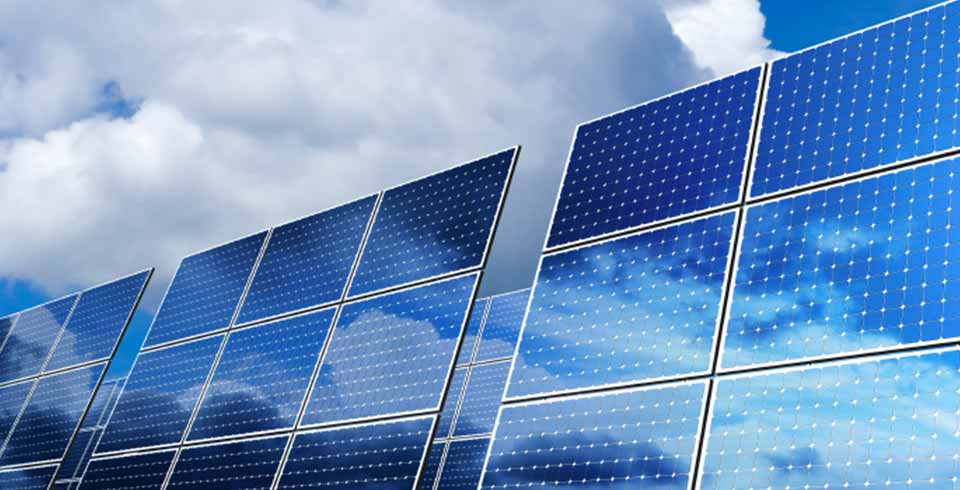
Wind energy and solar energy, two of the most popular renewable energy sources, have been increasingly adopted globally as sustainable alternatives to fossil fuels. The growing trend towards green energy has raised interesting comparisons between these two power sources. This article will delve into each of these sources, examining their benefits, drawbacks, and specific industry applications.
Wind Energy
Wind energy harnesses the power of moving air, using wind turbines to convert the wind’s kinetic force into mechanical power. This mechanical power can directly fuel certain activities, such as water pumping, or further transform into electricity for broader applications.
One of the major advantages of wind energy is its cost-effectiveness. In areas with strong and consistent wind flow, wind energy can be a more affordable power source than solar energy. This is due to the lower cost of wind turbines compared to solar panels, particularly for large-scale installations.
However, wind energy does come with a few drawbacks. It’s dependent on the wind’s availability and strength, meaning that it can be an inconsistent energy source, particularly in regions with irregular or minimal wind patterns. Moreover, some critics argue that wind turbines can have a negative visual and noise impact on landscapes.
Solar Energy
In contrast, solar energy is the process of capturing the sun’s radiant light and heat. This power is usually harnessed using photovoltaic cells within solar panels, which directly transform sunlight into electrical energy. A notable benefit of solar energy is its widespread accessibility. Solar panels can harness sunlight almost anywhere on the globe, rendering them a feasible energy production solution, irrespective of geographical location. Furthermore, solar panels operate silently, unlike noise-producing wind turbines. However, solar energy is not without its drawbacks. Weather conditions can impede the effectiveness of solar energy, and the significant upfront costs associated with the installation and purchase of solar panels can also pose challenges.
Copper, Cables, and Fuses in Wind and Solar Energy
In both the wind and solar industries, certain components play crucial roles in energy production. Bare copper, battery cables, communication cables, and tray cables are essential in creating connections and facilitating the transmission of electricity. Fuses, on the other hand, provide a vital safety function by preventing over-current situations that can lead to damage or even fire.
Solar-Specific Products
In addition to the common components mentioned above, the solar industry also uses solar-specific products. Solar mounts, for instance, are used to fix solar panels at an optimal angle for sunlight exposure. Combiner boxes, on the other hand, serve as a meeting point for multiple conductors from different solar panels, combining their electrical output.
Concluding Thoughts
Both wind and solar energy have their strengths and weaknesses, and the choice between the two often comes down to specific circumstances, such as location and budget. Both options represent promising paths toward a more sustainable future. Their widespread adoption and further technological advancements will undoubtedly play a significant role in our global shift toward renewable energy.

